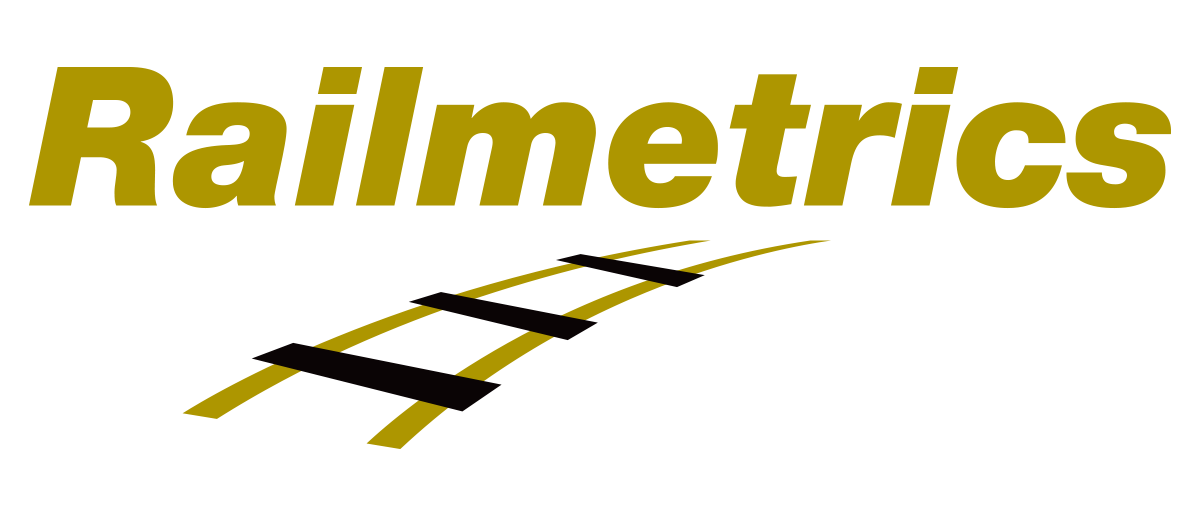
Published Tue 5th Sep 2023
Tunnel construction and operation are complex endeavors that demand meticulous attention to safety and stability. Ensuring the well-being of workers and the integrity of tunnel structures is of paramount importance. In recent years, Senceive has emerged as a trailblazer in the field of wireless condition monitoring, providing innovative sensor systems that enhance safety through precise near real-time monitoring of movement and a range of structural and geotechnical parameters. In this article, we examine the groundbreaking solutions offered by Senceive and explore how their sensor technology is revolutionizing tunneling activities.
Tunnel Safety Challenges
Tunneling projects present a range of challenges related to safety and stability. Whilst some movement is inevitable, particularly soon after construction, excessive deformation, convergence and out-of-roundness can compromise the structural integrity of a tunnel. Traditional monitoring methods often involve manual inspections, which can be time-consuming, labor-intensive, and prone to human error. More advanced technologies such as AMTS (Automated Mechanized Total Station) are available, but these often present challenges – such as the need for line of sight to prisms.
That’s why tunnel engineers are taking advantage of sophisticated, but easy to use, wireless sensor systems that enable virtually real-time automated monitoring, cutting the risk of safety thresholds being breached.
Senceive's Sensor Technology
Senceive's sensors are designed to provide precise and continuous measurements of various parameters, including tilt, crack movement and displacement. Most applications use triaxial tilt meters featuring MEMS (Micro-Electro-Mechanical Systems) sensors to ensure accuracy and reliability. Robust and reliable communication is made possible by wireless communication platforms such as the intelligent FlatMesh™ system and the long-range GeoWAN™ platform. Data from multiple sensors is transmitted from the site to the client via an online data portal. Multiple levels of automated alerts can be configured, enabling instant analysis and action.
Real-Time Monitoring
One of the key advantages of Senceive's sensor systems is their ability to provide real-time monitoring. Tunnel construction teams and operators can access up-to-the-minute data on tilt, displacement, and other relevant metrics. This instantaneous feedback empowers decision-makers to take swift action if any readings deviate from established safety thresholds. Additionally, monitoring with this type of system can enhance productivity not just safety by determining when initial ring settlement has stabilized.
Such proactive measures can improve construction productivity and prevent potentially dangerous or costly failures.
Preventing Out-of-Roundness and Beyond
Out-of-roundness is a phenomenon that can occur during tunnel construction or operation, leading to uneven stress distribution and structural instability. Engineers use Senceive instruments to detect changes in cross section and identify the development of issues related to out-of-roundness. If any deviations are detected beyond pre-set thresholds, alerts are immediately generated, prompting corrective actions.
Mitigating Risk Through Data-Driven Insights
Senceive's sensor systems not only provide virtually real-time data, but also offer the capability to analyze trends and patterns over time. By collecting and assessing this data, tunnel operators can gain invaluable insights into the behavior of the tunnel structure. This data-driven approach enables the identification of potential issues before they escalate, thereby mitigating risks and ensuring the long-term safety of the tunnel.
Real-World Applications
Wireless remote condition monitoring technology is used to some degree in most major tunnelling projects worldwide. Senceive instruments have been used at hundreds of tunnelling sites in more than 20 countries.
To illustrate the effectiveness of Senceive's sensor systems, let's take a look at a few individual real-world applications:
-
Tunnel Construction, Netherlands: During the construction phase, Senceive sensors were deployed to monitor tilt and displacement in a newly excavated tunnel. The data collected helped the construction team make real-time adjustments, ensuring that the tunnel maintained its structural integrity throughout the process.
-
Operational Monitoring UK: Senceive sensor systems were used to monitor tunnel lining deformation throughout a project that involved lowering track level and installing overhead electrification. The system was configured to detect and report movement beyond pre-set thresholds, allowing train movements to continue safely throughout the project.
-
Adjacent Construction, USA: Construction activity above or adjacent to tunnels can present geotechnical and structural challenges to owners, construction companies, and other stakeholders. Senceive technology has been used to help ensure the safety of the public and the crews during these activities. An example project utilizing this type of wireless condition monitoring in New York is summarized below:
MTA tunnel during construction of a 79-floor mixed-use skyscraper in downtown Brooklyn, New York



Challenge
Construction began in summer 2021 on a 942 ft, 79 floor skyscraper in the center of downtown Brooklyn, New York. The mixed-use building will rise 240 ft above what is currently the tallest building in the borough, and will include office, residential and retail space, as well as a school and community spaces for arts and events.
Big Apple Group, a NYC based construction quality assurance and control organization, was brought into the project before the Support of Excavation (SOE) phase to provide construction monitoring. Due to the size and complexity of the development, as well as the proximity of nearby buildings and an MTA Subway Tunnel, Big Apple Group implemented an in-depth monitoring program using Automated Total Stations, Inclinometers, Vibration Monitoring and Tilt Meters both above and below ground.
At its closest, the B Line MTA Subway tunnel was just three feet from the construction site and monitoring for deformation presented unique challenges. The MTA would not permit any instruments to be mounted above the track, cables could get snagged, and it would be expensive to shut down the track to enable traditional AMTS monitoring.
Solution
As conventional systems were considered impractical for the subway tunnel monitoring, Big Apple selected a Senceive wireless solution to safeguard the integrity of the tunnel and minimize cost and disruption to train operations.
A total of 12 Optical Displacement Sensors (ODS) were quickly and easily installed on brackets on the subway wall nearest to the excavation works to measure displacement relative to the opposite wall.
Big Apple opted to use the GeoWAN™ wireless platform due to the distance and configuration between the Gateway and monitoring zone – separated by approximately 350 ft around a bend in the tunnel and requiring data transmission through several reinforced concrete structures. The GeoWAN™ Gateway, installed on the mezzanine level of the station, was powered by AC power (mains electricity).
Outcome
The system was operational within a few minutes of installation, with data being collected from the sensors and sent via the Gateway to monitoring engineers at a 30-minute reporting rate.
“Installation of the optical displacement sensors was very straightforward and only took a few hours,” says Gagandeep Sihra, Project Engineer at Big Apple Group.
Data can be viewed on Senceive WebMonitor™ software, allowing the project team to remotely check the structural health of the tunnel. The system was configured to send alerts via SMS and email in the event of detected movements outside predefined thresholds.
“We’ve had a few alerts, which provide an opportunity to check the cause. Train traffic and construction work have not been disrupted”, says Gagandeep.
Monitoring continued in the tunnel until the foundation wall and back fill on the project were complete.
Conclusion
Senceive's innovative sensor technology has revolutionized tunnel construction and operation by providing real-time, accurate, and automated monitoring of deformation, convergence, displacement, and other critical parameters. The ability to detect out-of-roundness and deviations beyond safety thresholds ensures that risks are mitigated proactively, safeguarding both workers and tunnel infrastructure. By embracing data-driven insights, tunnel operators and construction teams can optimize safety protocols, make informed decisions, and ensure the long-term stability and security of tunneling activities.
Further reading
To learn more about Senceive's wireless condition monitoring solutions and their applications, visit https://www.senceive.com/blog/wireless-condition-monitoring-examples-and-evaluation.
For additional insights on more effective risk mitigation in tunneling activities, read the blog post at https://www.senceive.com/blog/more-effective-risk-mitigation-tunneling-activities.










